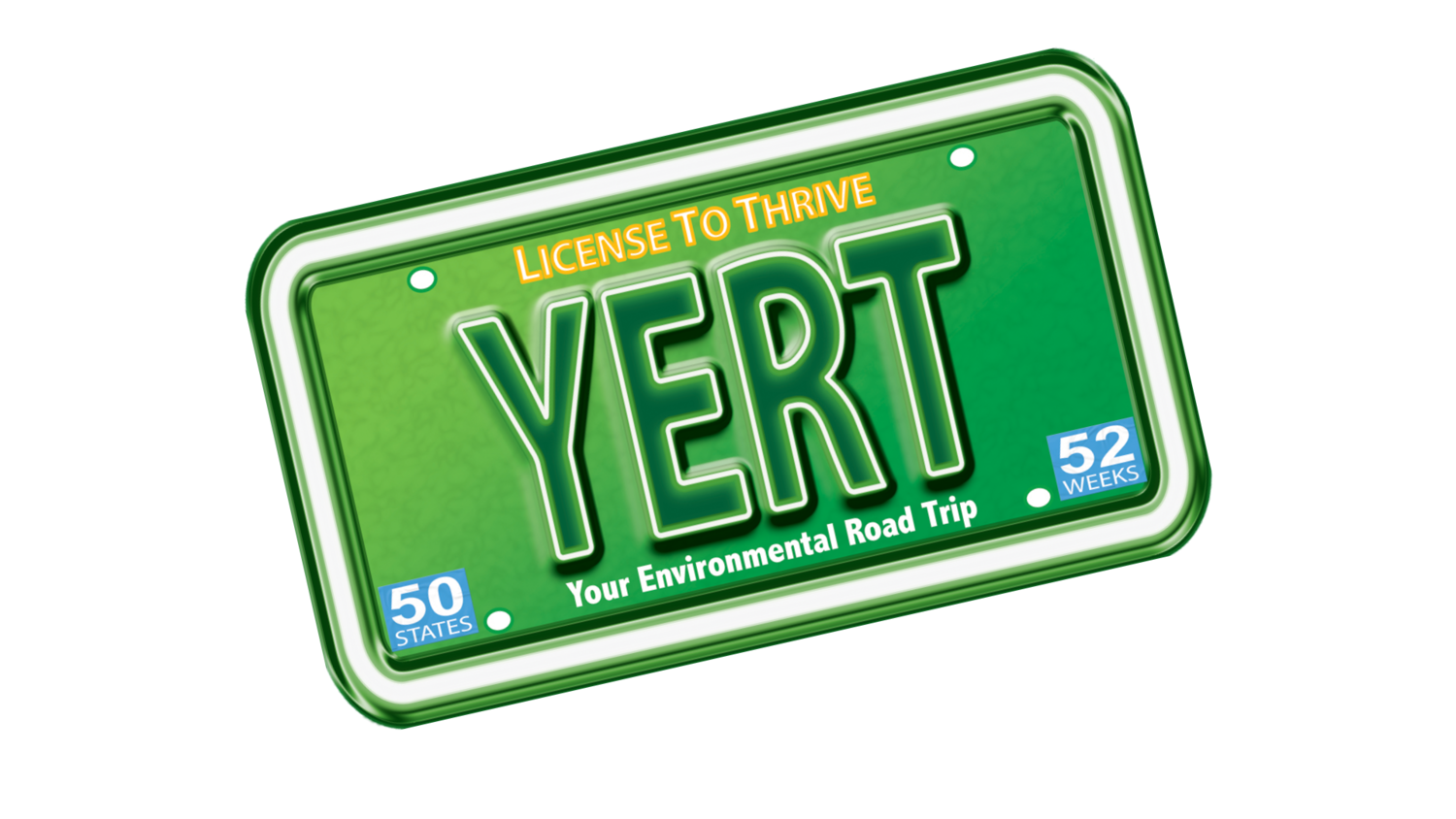Its soap, not dope!
While in Bismarck, North Dakota, YERT spoke with Roger Johnson, the state commissioner of agriculture, about a crop he feels would be a wonderful asset to North Dakotas economy. He has been trying to get it approved for many years. There are farms just ten miles into Canada growing it and making a profit. Weve made it legal at a state level in North Dakota, and yet farmers here cannot grow it, as it would be against the Federal law, he said.
What he was referring to is industrial hemp. His is not a plea we have never heard before, but his voice stands out amongst the legalize hemp community. Sitting in a pressed shirt in front of a bookshelf and an American flag, he looked like the last person you might expect to empty a bag full of hemp milk, Dr. Bronners Magic Soap, hemp fabric swatches and hemp balm onto his large desk (which, in fact, he did). But dont be fooled. Hes a big fan, and carried his support all the way to D.C.
His reason? Reason. He finds it quite difficult to comprehend how our neighbors to the north as well as most (all?) of Europe has managed to legalize and profit from the growing of industrialized hemp.
It wasnt always this way. Hemp, the non-psychedelic cousin of marijuana, has been touted for hundreds of years for its ease of growth and wide array of uses. It is a source of clothing, textiles, oil, food, paper, biofuel, lotions, soap, rope, conditioner, among many other uses. Some of the first US settlers grew hemp to make a strong canvas for sails, and it is thought that the Constitution was drafted on hemp paper. Even as late as World War II, the US government encouraged farmers to grow hemp through the Hemp for Victory campaign when more than 400,000 acres of US soil was dedicated to support this war effort.
Since then, the plant has become confused with marijuana, though the two plants are easy to identify as distinct plants with the naked eye. The leaves and stalks are different to the trained eye, while even an untrained eye can distinguish the two based on growing height alone. Roger suggested that he would we able to quickly identify illegally grown marijuana from a plane if necessary.
One of the most common misconceptions is related to the presence of THC in hemp. This chemical is responsible for the high induced by marijuana, but is found in very low concentrations in hemp. As Roger put it, Sure. You could smoke hemp, but the joint would have to be the size of a telephone pole.
Roger was also quick to suggest the idea of random sampling to ensure that marijuana isnt growing hidden amongst the hemp plants. The notion that drug dealers might try to hide marijuana plants in a field of hemp concerns some, but not Roger. He pointed out that though hemp and marijuana are distinctly different, they do cross pollinate. This would create some very weak marijuana, and bring up the levels of THC in the hemp- making it likely that the marijuana crops would lose their potency, and that the farmer would get caught.
So if hemp is so great, its easy to identify, and straightforward enough to regulate it, then why arent we profiting from it here in the US? Politics, red tape, and lobbyists from plastics companies like Dupont. If youd like to join Roger Johnson in his fight an easy first step would be to check out the following sites:
http://www.americasheartland.org/video/315_2_controversal_crop.htm (video)
And send a standard form letter to your representative here:
http://capwiz.com/votehemp/issues/alert/?alertid=9370876&type=CO


